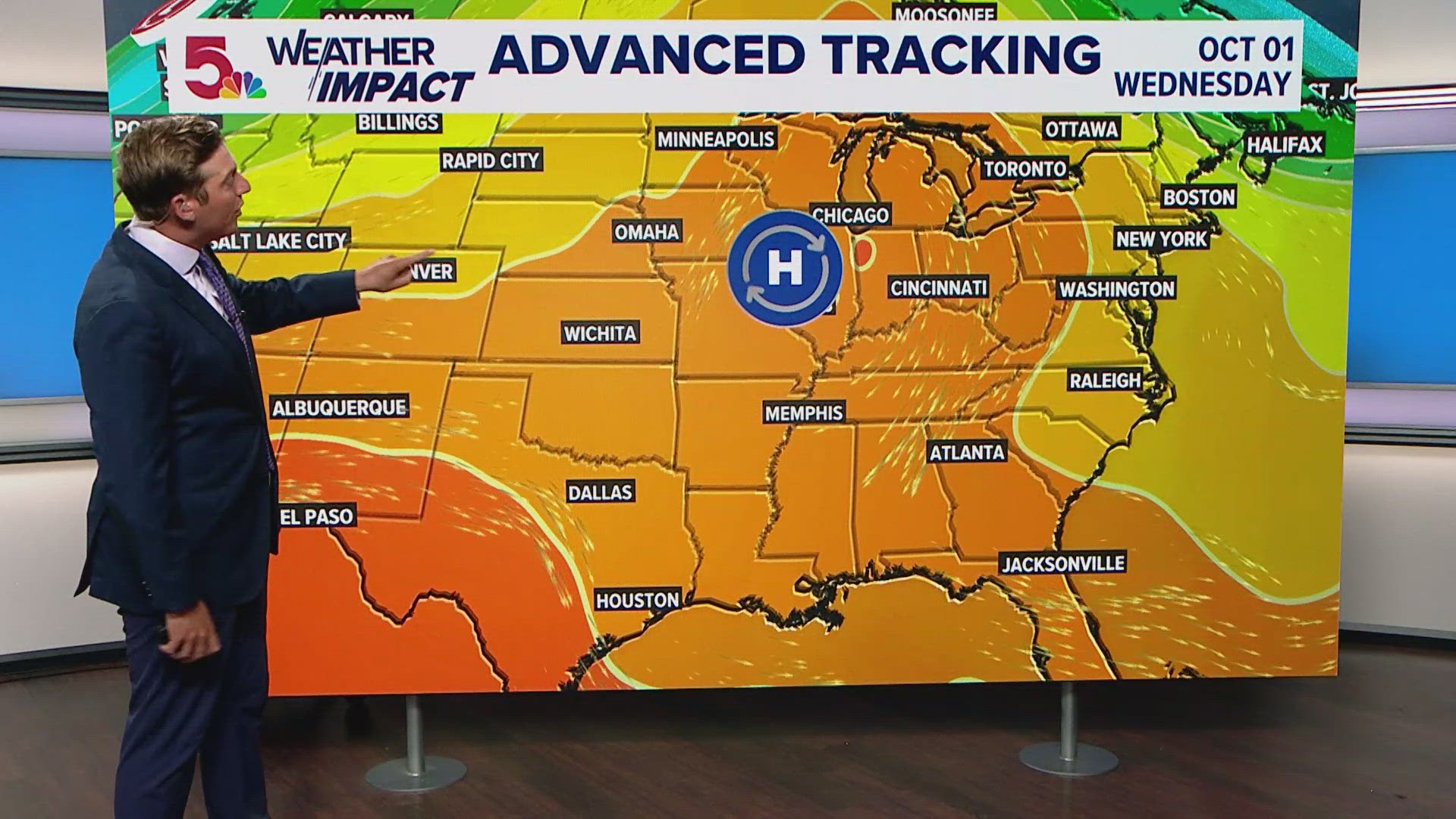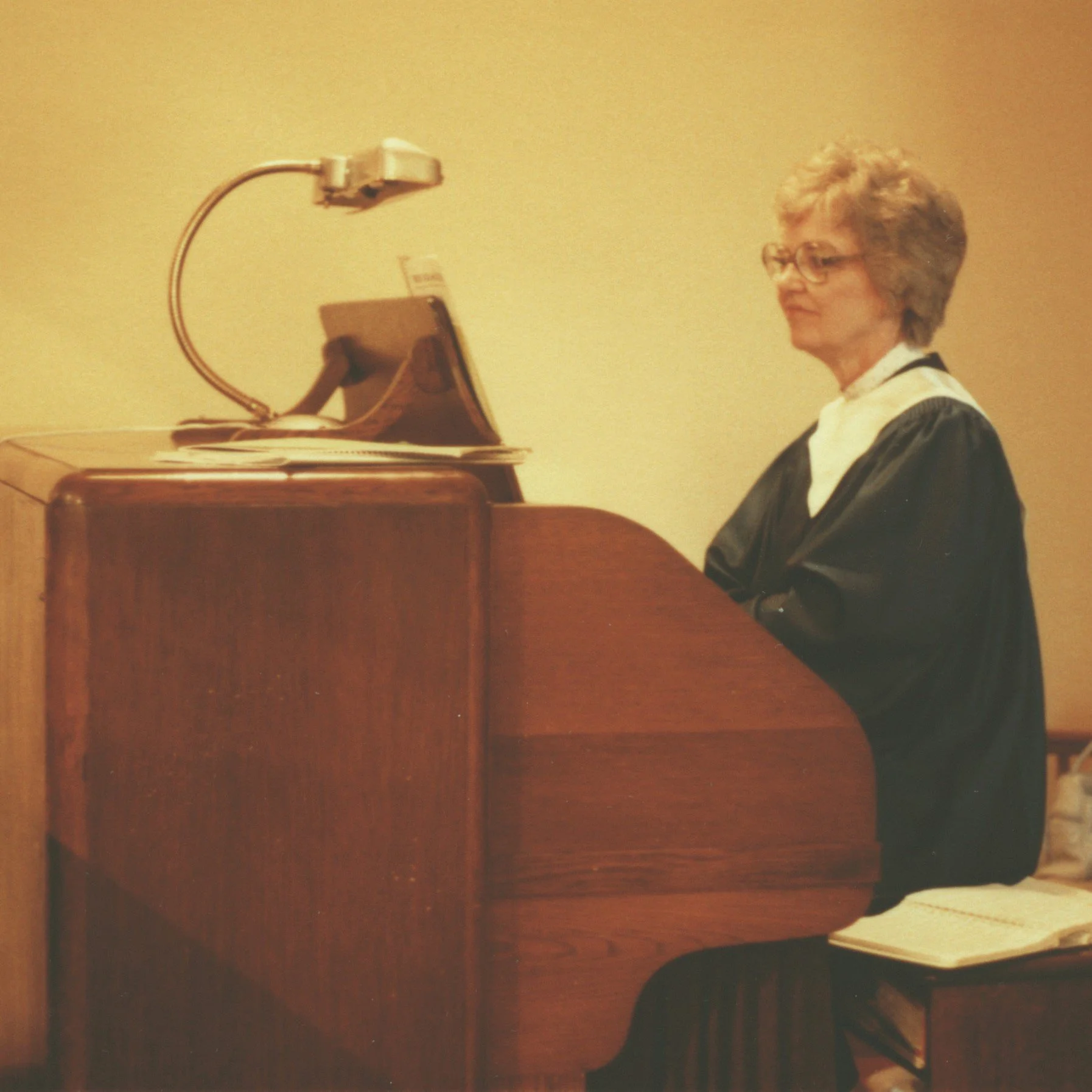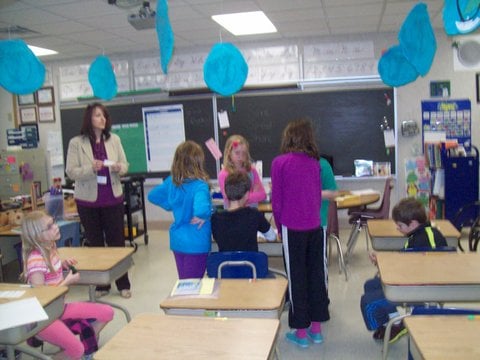Report on the Forest Stewardship Council’s Remedy Framework and its Alignment with Sustainable Development Goals
Introduction: Sustainable Forestry and Global Accountability
The Forest Stewardship Council (FSC), a global voluntary certification organization, was established in 1993 by a multi-stakeholder coalition including environmental groups, Indigenous peoples, human rights advocates, and the timber industry. Its primary mission is to promote sustainable forestry practices, directly contributing to SDG 12 (Responsible Consumption and Production) and SDG 15 (Life on Land). However, the legacy of deforestation and social conflict, particularly in tropical nations like Indonesia, presents a significant challenge to these goals, often undermining SDG 10 (Reduced Inequalities) and SDG 16 (Peace, Justice and Strong Institutions) by displacing communities and degrading ecosystems.
The Remedy Framework: A Mechanism for Restoration and Justice
In 2023, the FSC adopted a “remedy framework” to address these historical issues. This initiative allows companies previously disassociated from the FSC due to major environmental or social harm to regain certification by undertaking credible actions to redress those past damages. Indonesia has become the primary testing ground for this framework, with major pulp and paper producers currently undergoing the process.
Alignment with Sustainable Development Goals
The remedy framework is intrinsically linked to several SDGs:
- SDG 15 (Life on Land): The framework’s core environmental component requires the restoration of degraded forest landscapes, directly addressing targets related to halting deforestation and restoring ecosystems.
- SDG 16 (Peace, Justice and Strong Institutions): By creating a formal process for redressing past harms, the framework aims to provide access to justice for affected communities and strengthen accountability for corporate actions.
- SDG 1 (No Poverty) and SDG 10 (Reduced Inequalities): The social restitution aspect seeks to remedy harms suffered by communities, including Indigenous peoples, potentially restoring livelihoods and addressing the violation of customary land rights.
- SDG 17 (Partnerships for the Goals): The implementation relies on a multi-stakeholder dialogue platform, bringing together corporations, governments, civil society organizations (CSOs), and local communities to negotiate solutions.
Implementation Challenges and Stakeholder Concerns in Indonesia
The framework’s implementation in Indonesia has drawn significant scrutiny and criticism from a coalition of non-governmental organizations (NGOs), including the Forest Peoples Programme (FPP).
Key Criticisms from Civil Society
A recent report highlighted several serious shortcomings in the remedy process being undertaken by the pulp and paper company APRIL. These concerns represent significant obstacles to achieving related SDG targets.
- Flawed Baseline Assessments: Critics allege that the social baseline assessments, which are meant to identify past harms, are methodologically flawed and incomplete.
- Lack of Free, Prior and Informed Consent (FPIC): The process has been criticized for failing to adequately secure FPIC from affected communities, a critical principle for protecting the rights of Indigenous peoples as outlined in targets for SDG 10.
- Limited Transparency and Accountability: Stakeholders report that only summaries of baseline assessments are made public, limiting the ability of CSOs and communities to verify the findings and hold companies accountable, thereby weakening the principles of SDG 16.
- Ongoing Intimidation and Conflict: Allegations persist regarding the intimidation of activists and unresolved land conflicts involving company suppliers, undermining the goal of ensuring a safe and just environment for all participants.
FSC’s Strategic Response and Path Forward
FSC Director-General Subhra Bhattacharjee acknowledged the complexity of the process but defended it as a necessary step to address historical injustices and achieve large-scale environmental restoration.
Addressing Specific Concerns
- On Process Integrity: The FSC maintains that the framework is a rigorous, multi-step process involving third-party assessments and verification to ensure high integrity. The goal is to achieve practical and timely restitution for communities.
- On Transparency: Ms. Bhattacharjee stated that the decision to publish only a summary of baseline assessments was a negotiated outcome of the framework’s development, intended to balance transparency with the protection of confidential corporate information.
- On Intimidation Allegations: The FSC considers allegations of threats and violence to be extremely serious. It has formal grievance mechanisms in place through its Policy for Association, which allows for direct investigation by the FSC if credible complaints are filed. However, the organization argues that pausing the remedy process would ultimately harm the communities awaiting restitution.
- On Corporate Scope: In response to reports of undisclosed corporate control (e.g., the Greenpeace report on RGE/APRIL), the FSC has confirmed that a periodic, third-party review of corporate structures is underway to ensure all associated entities are included within the scope of the remedy framework.
Collaboration and Global Implications
The FSC is actively engaging with the Indonesian government to ensure its processes align with national development goals. According to Ms. Bhattacharjee, the lessons learned from the complex Indonesian context are critical and “will teach us first where our limitations are, how we need to operate better and how we need to customize to local conditions.” These learnings will inform the global rollout of the framework and its future revisions.
Conclusion: A Test for Sustainable Development Principles
The FSC’s remedy framework represents a pioneering effort to institutionalize corporate accountability for historical environmental and social damage in the forestry sector. Its success in Indonesia will be a critical indicator of whether voluntary certification systems can effectively deliver justice and contribute meaningfully to global sustainability targets. The process highlights the profound connection between environmental protection under SDG 13 (Climate Action) and SDG 15 (Life on Land), and the imperative for social justice, strong institutions, and reduced inequalities as championed by SDG 10 and SDG 16. As stated by the Director-General, “forests and forest-dependent peoples will thrive together or not at all,” underscoring that the future of global forests depends on integrating environmental, social, and economic interests.
Analysis of Sustainable Development Goals (SDGs) in the Article
-
SDG 15: Life on Land
- The article is centered on the forestry sector, specifically addressing issues of deforestation, sustainable forest management, and the restoration of degraded forests. It mentions that “millions of hectares of rainforest and peatland have been cleared” in Indonesia and that the FSC’s remedy framework aims to redress “past environmental… harms” and “restore degraded forests.” The director-general also highlights the importance of Indonesia’s “lush natural tropical forests” and their “breadth of the biodiversity,” emphasizing that “the world depends on these natural tropical forests.”
-
SDG 16: Peace, Justice and Strong Institutions
- This goal is central to the article’s discussion of the FSC’s remedy framework. The framework is designed to address “social conflict,” “social harm,” and violations of “customary rights and human rights.” The article discusses the need for a “high-integrity process,” transparency, and accountability. It highlights the importance of mechanisms like “free, prior and informed consent (FPIC),” grievance procedures, and independent third-party verification. The mention of “intimidation of Indigenous communities” and threats against activists directly relates to protecting fundamental freedoms and ensuring justice.
-
SDG 17: Partnerships for the Goals
- The article explicitly describes the FSC as a multi-stakeholder organization, established by a “coalition of environmentalists, Indigenous groups, human rights advocates and timber industry players.” The remedy process itself is a multi-stakeholder dialogue involving “communities, local CSOs and NGOs, international NGOs, businesses, trade organizations, private sector companies, and… the government of Indonesia.” This collaborative approach to solving complex sustainability issues is the essence of SDG 17.
-
SDG 10: Reduced Inequalities
- The article focuses heavily on the rights and inclusion of marginalized groups, particularly “Indigenous groups” and “customary communities.” The remedy framework’s goal is to provide “restitution” for harms suffered by these communities, who have been displaced from their customary lands. The discussion addresses the need to ensure their voices are heard and that they can participate meaningfully in processes that affect them, aiming to correct historical injustices and power imbalances.
-
SDG 12: Responsible Consumption and Production
- The core function of the FSC is to “assure consumers that forestry products are sourced sustainably.” By providing a “voluntary global certification,” the FSC promotes sustainable production patterns in the timber industry. The remedy framework is an extension of this, ensuring that companies address past unsustainable practices as a condition for (re)gaining certification, thus strengthening the integrity of sustainable supply chains.
Identified SDG Targets
-
SDG 15: Life on Land
- Target 15.2: Promote the implementation of sustainable management of all types of forests, halt deforestation, restore degraded forests and substantially increase afforestation and reforestation globally. The article directly discusses the FSC’s mission to “ensure sustainable forestry practices” and the remedy framework’s goal to “restore degraded forests” and address past “major deforestation.”
- Target 15.5: Take urgent and significant action to reduce the degradation of natural habitats, halt the loss of biodiversity and, by 2020, protect and prevent the extinction of threatened species. The FSC director-general’s statement about the “breadth of the biodiversity” in Indonesia’s forests and the need to protect them underscores this target.
-
SDG 16: Peace, Justice and Strong Institutions
- Target 16.3: Promote the rule of law at the national and international levels and ensure equal access to justice for all. The remedy framework is presented as a mechanism to provide “restitution” for “social harm” and land disputes, which is a form of access to justice for affected communities.
- Target 16.6: Develop effective, accountable and transparent institutions at all levels. The article critiques the remedy process for a “lack of transparency” and discusses the need for a “robust, high-integrity process,” including third-party verification, which points directly to the need for accountable and transparent institutional processes.
- Target 16.7: Ensure responsive, inclusive, participatory and representative decision-making at all levels. The importance of the “free, prior and informed consent (FPIC)” process, the inclusion of community representatives in dialogues, and the criticism that baseline assessments excluded “customary communities” all relate to this target.
- Target 16.10: Ensure public access to information and protect fundamental freedoms, in accordance with national legislation and international agreements. The debate over publishing only a “summary of the baseline assessment” versus the full report is a direct discussion of public access to information. The mention of “threats of violence and intimidation” against activists highlights the need to protect fundamental freedoms.
-
SDG 17: Partnerships for the Goals
- Target 17.17: Encourage and promote effective public, public-private and civil society partnerships, building on the experience and resourcing strategies of partnerships. The FSC is described as a “platform for dialogue” that “brings together economic, social and environmental interests around the table.” The FSC Remedy Forum in Jakarta is a concrete example of such a partnership in action, involving government, companies, and civil society.
-
SDG 10: Reduced Inequalities
- Target 10.2: By 2030, empower and promote the social, economic and political inclusion of all, irrespective of age, sex, disability, race, ethnicity, origin, religion or economic or other status. The entire remedy process is aimed at including and empowering “Indigenous groups” and “customary communities” who have been historically marginalized and “displaced… from their customary lands.”
- Target 10.3: Ensure equal opportunity and reduce inequalities of outcome, including by eliminating discriminatory laws, policies and practices and promoting appropriate legislation, policies and action in this regard. The goal of the remedy framework to “return land rights to affected communities” and provide “restitution” directly addresses reducing inequalities of outcome resulting from past harmful practices.
-
SDG 12: Responsible Consumption and Production
- Target 12.2: By 2030, achieve the sustainable management and efficient use of natural resources. The FSC’s certification system is a tool to promote the sustainable management of forest resources by setting standards for forestry companies.
- Target 12.8: By 2030, ensure that people everywhere have the relevant information and awareness for sustainable development and lifestyles in harmony with nature. The FSC logo, described as the “world’s most recognizable ethical wood certifier,” is an information tool for consumers to make choices that support sustainable development.
Implied Indicators for Measuring Progress
-
SDG 15: Life on Land
- Area of forest restored: The article states that “globally, millions of hectares of land are in need of restoration.” The success of the remedy framework could be measured by the number of hectares of degraded forest that companies restore as part of their remedy plan.
- Rate of deforestation: The article mentions that companies were disassociated for “major deforestation.” An indicator of progress would be the monitoring of deforestation rates in and around the concessions of companies undergoing the remedy process.
-
SDG 16: Peace, Justice and Strong Institutions
- Number of remedy cases resolved and restitution provided: The article discusses the “anticipation of restitution” by communities. A key indicator would be the number of social harm cases addressed and the amount or type of restitution (e.g., land, monetary compensation) provided to communities.
- Functioning of grievance mechanisms: The article describes a grievance mechanism where complaints first go to the company. An indicator would be the number of grievances filed, the response rate and time by companies, and the number of complaints escalated to the FSC.
- Transparency of assessments: The criticism over the “limited access communities and civil society have to the full results of the social baseline assessments” implies an indicator: the percentage of assessment documentation made publicly available.
- Incidents of threats and intimidation: The report of an activist receiving a “terror package” and protests demanding the “expulsion of Indigenous rights organizations” can be tracked as a negative indicator for the safety of human rights defenders.
-
SDG 17: Partnerships for the Goals
- Number and diversity of stakeholders engaged: The article lists the types of stakeholders present at the FSC Remedy Forum. An indicator of a successful partnership is the sustained and balanced participation of government, private sector, and civil society (including Indigenous and local community groups) in the remedy process.
-
SDG 10: Reduced Inequalities
- Number of communities with secured land tenure/rights: A primary goal is to “return land rights to affected communities.” A direct indicator would be the number of communities or hectares of land for which tenure is legally recognized or returned as a result of the remedy process.
- Inclusion of customary communities in decision-making: The NGO report identified the “exclusion of customary communities” as a flaw. A positive indicator would be the documented, active participation of these communities in baseline assessments and remedy plan negotiations, verified through the FPIC process.
-
SDG 12: Responsible Consumption and Production
- Number of companies undergoing the remedy process: The article mentions that “two of the world’s largest pulp and paper producers… are currently undergoing the remedy process.” This number serves as an indicator of the framework’s application to major players in the industry.
- Area of forest under certified sustainable management: The ultimate goal for companies is to “reclaim certification.” An increase in the total area of forest certified under FSC standards, particularly from companies that have completed the remedy process, would be a key indicator of progress.
Summary Table of Findings
| SDGs | Targets | Indicators |
|---|---|---|
| SDG 15: Life on Land |
|
|
| SDG 16: Peace, Justice and Strong Institutions |
|
|
| SDG 17: Partnerships for the Goals |
|
|
| SDG 10: Reduced Inequalities |
|
|
| SDG 12: Responsible Consumption and Production |
|
|
Source: news.mongabay.com







